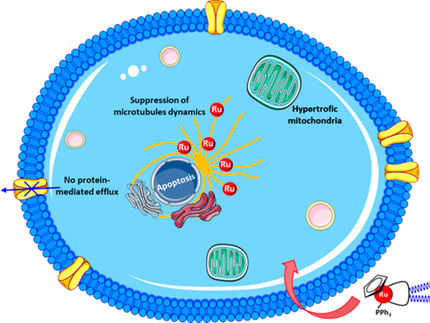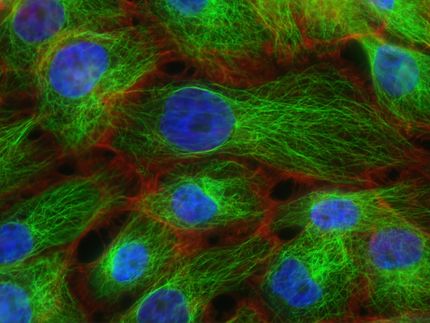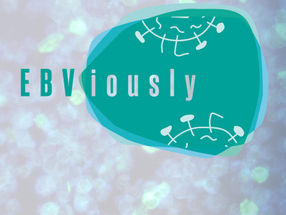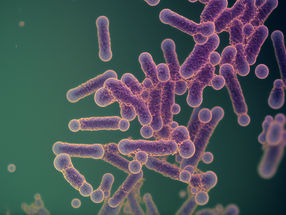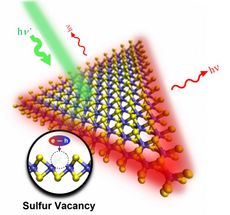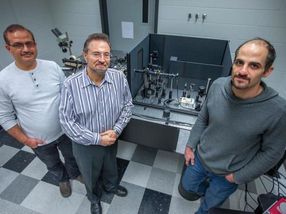Safe delivery system for tricky yet potent anti-cancer cancer compound
Researchers at the University of California, San Diego School of Medicine have discovered a way to effectively deliver staurosporine (STS), a powerful anti-cancer compound that has vexed researchers for more than 30 years due to its instability in the blood and toxic nature in both healthy and cancerous cells. For the first time, the new method safely delivered STS to mouse tumors, suppressing them with no apparent side effects. The results were published online in the International Journal of Nanomedicine.
"By itself, staurosporine shows potent activity against a number of cancer cell lines, including chemotherapy-resistant tumors. However, it also harms normal tissue," said senior author Santosh Kesari, MD, PhD, director of neuro-oncology at UC San Diego Moores Cancer Center. "With this study, we have been able to overcome the pharmacokinetic barriers to delivering staurosporine to tumors with the use of liposomes."
STS was originally isolated from the bacterium Streptomyces staurosporeus in 1977. The compound prompts a wide variety of cancer cell types to self-destruct, a process called apoptosis or programmed cell death. In its free form, STS is quickly metabolized and harmful to healthy cells. By trapping STS in tiny spheres called liposomes, Moores Cancer Center researchers have been able to effectively deliver the compound, past healthy tissue, to the tumor, with potent results.
Liposomes are microscopic bubbles made from the same molecules as cell membranes. Researchers use these hollow spheres to deliver therapeutic agents. Anti-cancer drugs can be loaded inside, while disguising agents coat the external membrane surface to hide the cancer-killer from the immune system.
"Staurosporine is able to drive virtually any mammal cell into apoptosis. It is able to uniquely interfere with several cell signaling pathways, even in cancer cell lines that defy frontline chemotherapy agents," said Milan Makale, PhD, a project scientist at UC San Diego Moores Cancer Center. "In the case of treatment-resistant brain, colon or pancreatic cancers, the potency of staurosporine stacks the odds in our favor of improving current treatments and outcomes. With an appropriately engineered liposomal delivery system, we can finally keep the drug in the blood longer, get it into the tumor better, and to a significant degree, spare healthy tissue."
In addition to encapsulating STS in a liposomal delivery system, the researchers developed a technique to increase the efficiency of drug-loading to more than 70 percent, the highest reported for a STS compound.
Drug-loading is the ratio of drug encapsulated by the liposome to the total amount of drug introduced into solution containing liposomes. The boosted loading was achieved by manipulating the pH environment of the cells with a proprietary method developed at Moores Cancer Center to force more STS into the liposomes. This platform technology is currently in the process of being licensed to a biotech company to develop it further for human use.
The effects of the delivery approach were validated with the use of fluorescence to track the STS penetration. The absence of weight loss in the mice confirmed the reduced toxicity.
Most read news
Topics
Organizations
Other news from the department science

Get the life science industry in your inbox
By submitting this form you agree that LUMITOS AG will send you the newsletter(s) selected above by email. Your data will not be passed on to third parties. Your data will be stored and processed in accordance with our data protection regulations. LUMITOS may contact you by email for the purpose of advertising or market and opinion surveys. You can revoke your consent at any time without giving reasons to LUMITOS AG, Ernst-Augustin-Str. 2, 12489 Berlin, Germany or by e-mail at revoke@lumitos.com with effect for the future. In addition, each email contains a link to unsubscribe from the corresponding newsletter.
